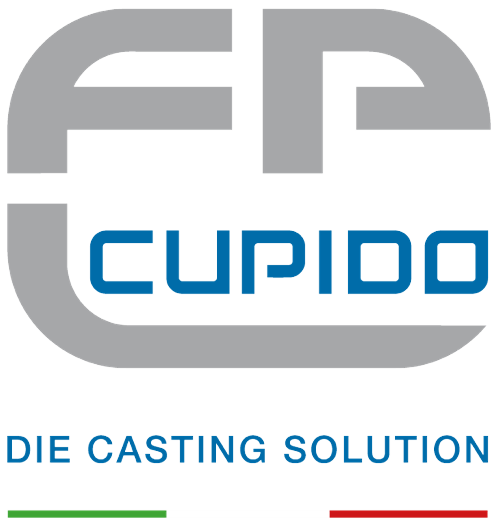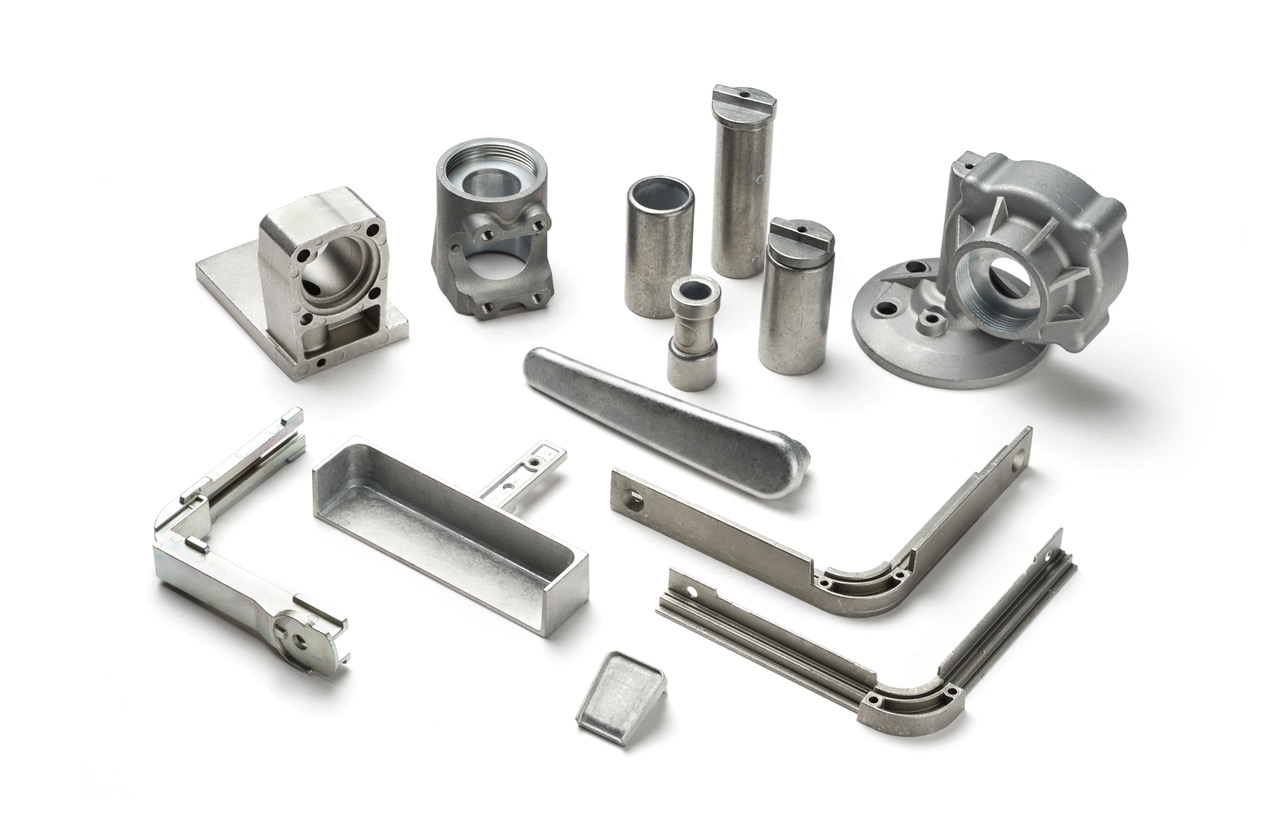
ZAMAK Die-Casting
The reasons for zamak die-casting:
- Ultra-high cycle repeatability
- Possibility to create walls of reduced thickness (up to 1 mm)
- Very high surface compactness
- Excellent predisposition for any mechanical processing
- Excellent affinity with any galvanic processing
- Very long equipment life
- Low production costs
Through the help of 4 die-casting machines of the latest generation 4.0, with tonnages from 50 to 135 TON, the company produces objects ranging from the sector of accessories for doors and windows to furniture, lighting and furnishing accessories.
Particular attention is paid to the procurement of only first choice zamak ingots, which guarantee long-lasting results and reduced waste.
Main characteristics
In addition, the corrosion resistance, already very good, can be further increased through galvanic processes, optimally supported by the alloy.
The excellent predisposition to support mechanical processing, the possibility of achieving very reduced thicknesses (less than 1 mm), the centesimal respect of tolerances are other characteristics that make zamak the ideal alloy for the construction of very precise technical and aesthetic details, even if very complex, at very low costs.
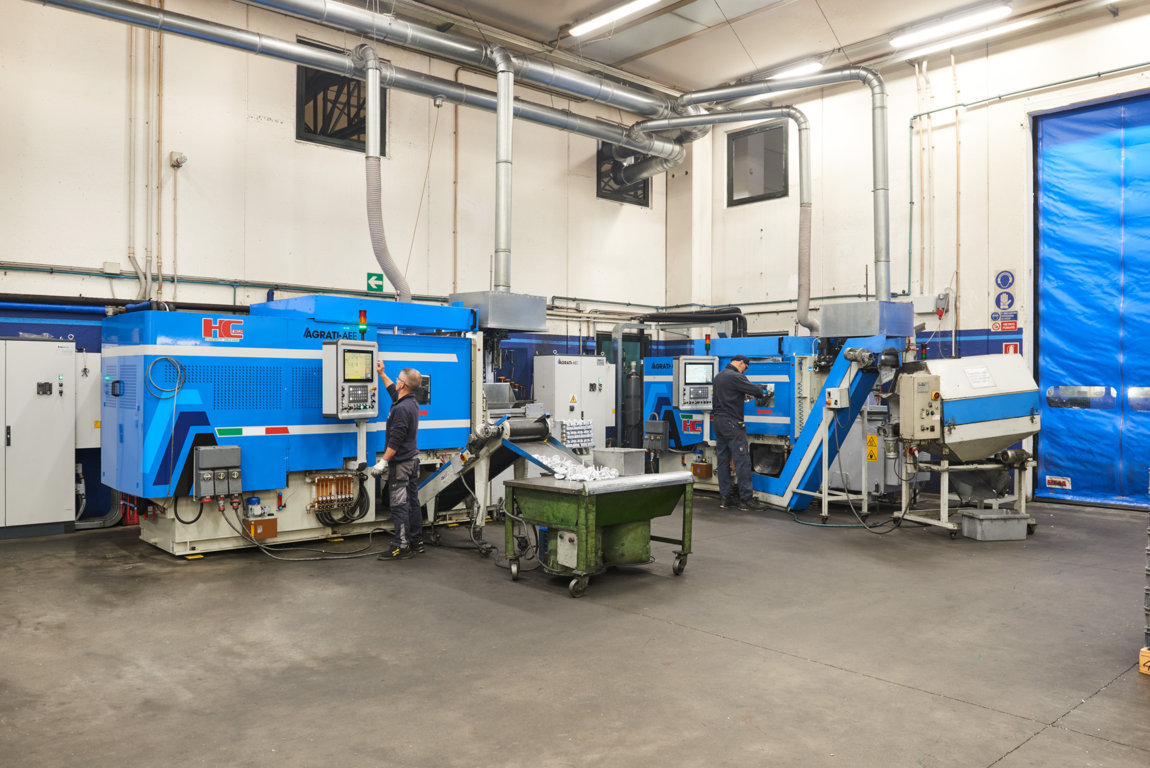
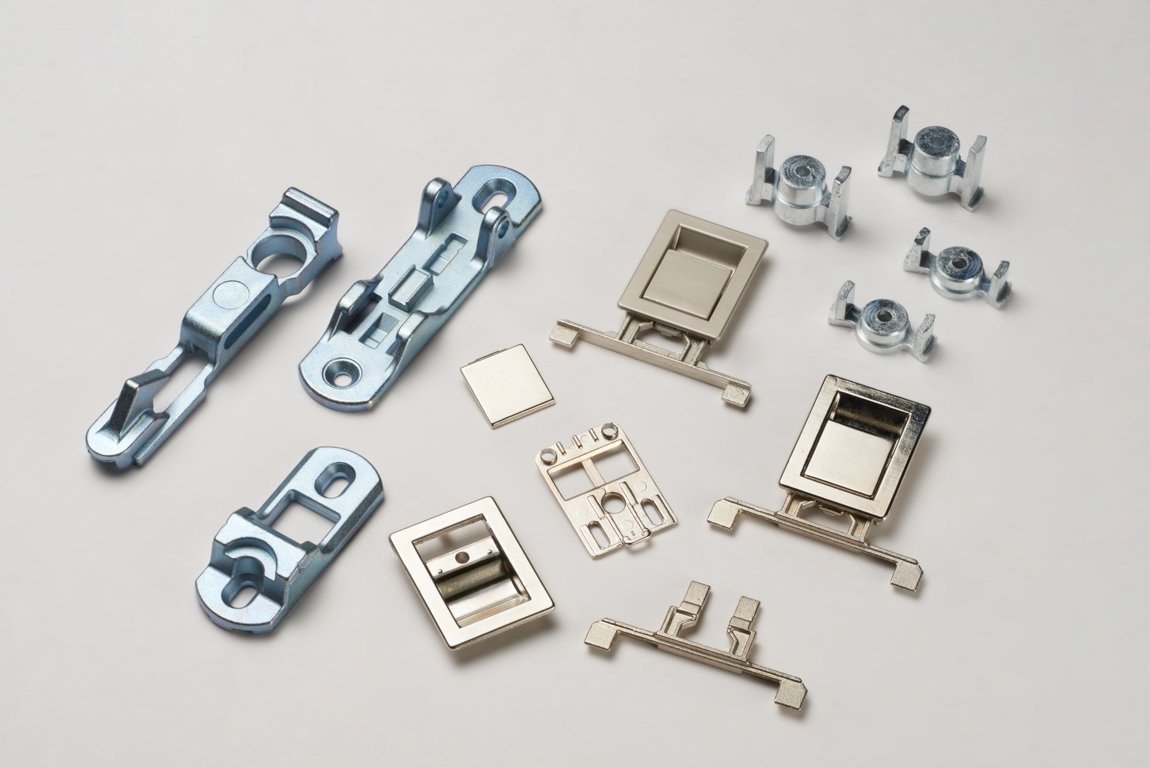
Aesthetic quality
Zama die castings are widely used in the construction, electronics, automotive, furniture sectors, as well as in various other areas. In short, using Zamak means making a choice in the name of efficiency and quality.

Production Costs
The cost of the mold, in addition to having low costs, can be amortized over an almost infinite number of strokes, working the alloy at relatively low temperatures.
Recyclable production waste, low energy consumption, contribute to making the process very economical and in perfect compliance with the latest environmental regulations.
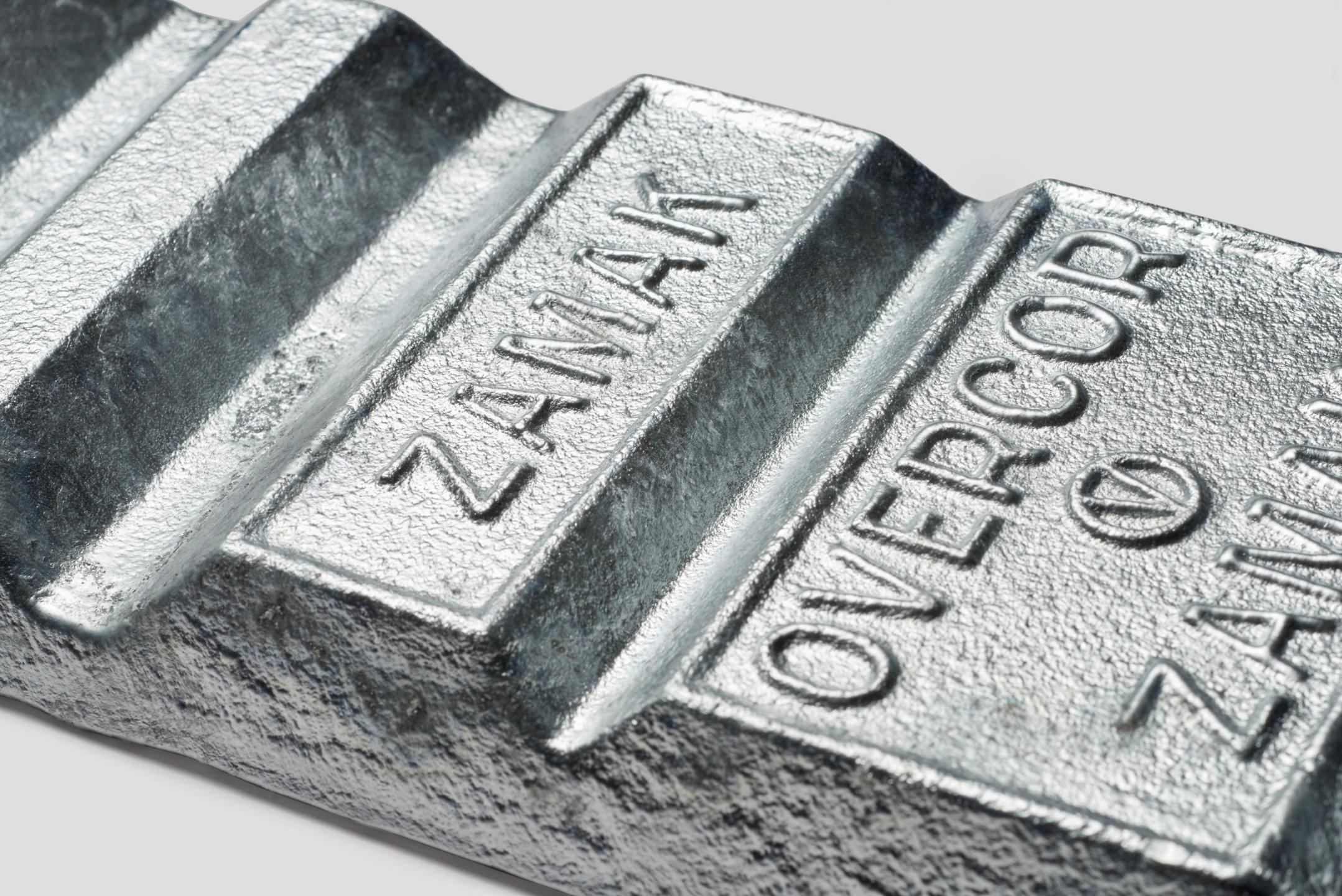
Die-Casting
Alluminum
Design and construction of the
Mold
Cleaning
of components
